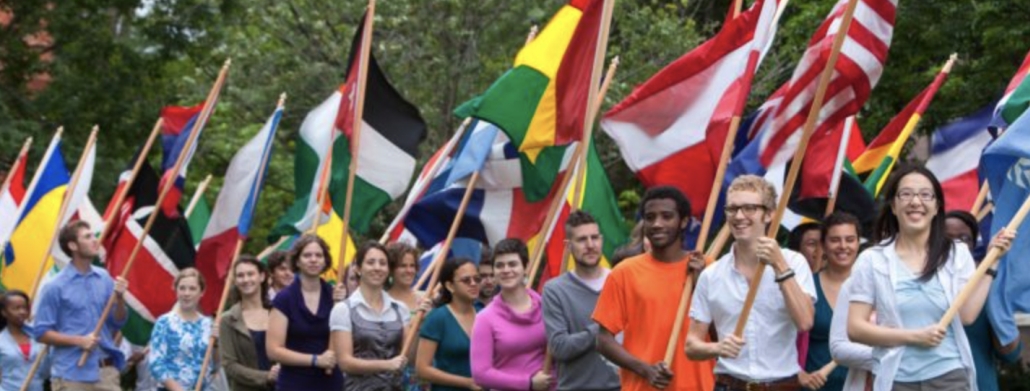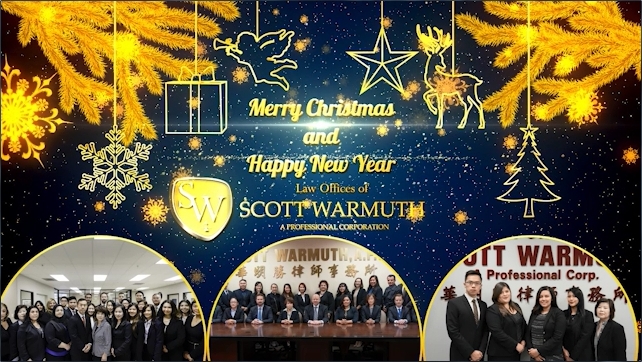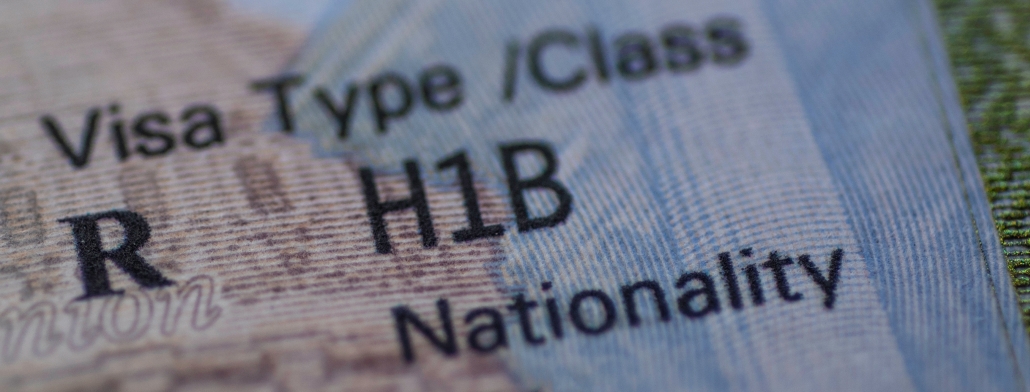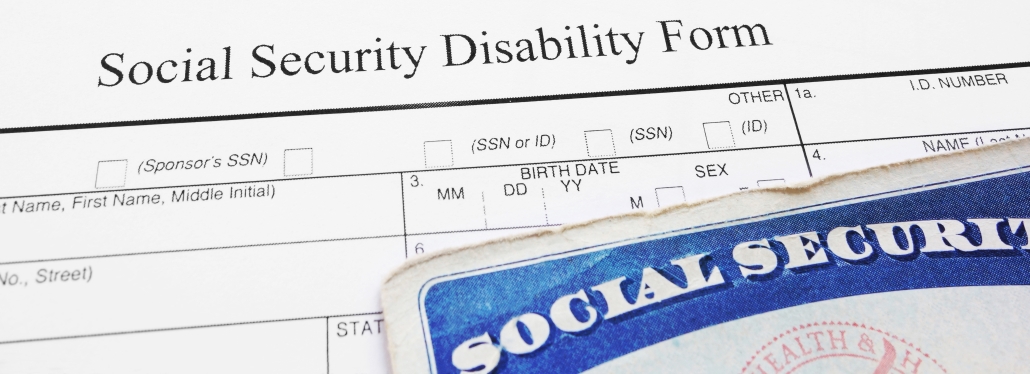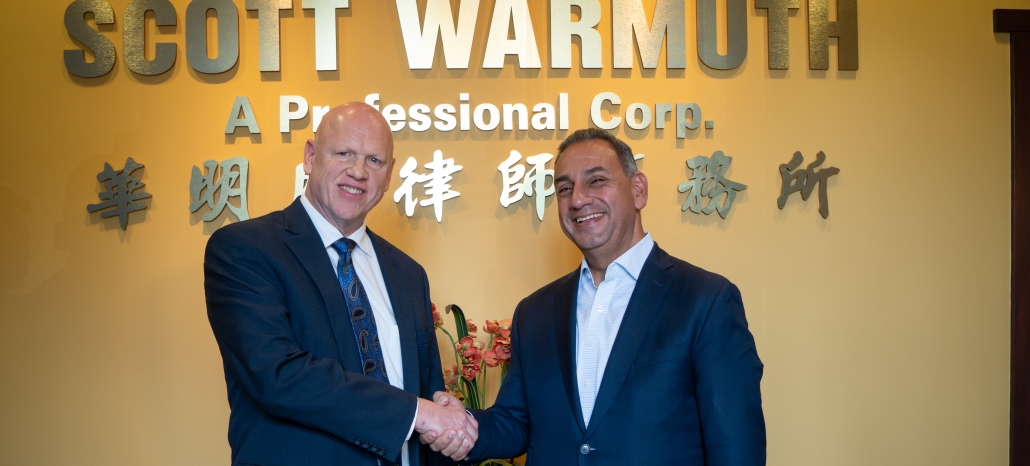[vc_row][vc_column][vc_column_text]Workers' compensation cases are usually pretty straightforward. Injured workers receive treatment for their injuries and receive a fixed level of financial support from temporary disability benefits, regardless of who is to blame for the incident. Personal injury cases are less straightforward, with injury victims able to pursue compensation for medical bills, property damage, pain and suffering, and lost wages, but only from the parties considered 'at fault' for the incident. It is possible for these two types of cases to overlap, often called a workers' compensation claim with third party liability.
With a valid third-party liability claim, injured workers can receive immediate medical treatment through a workers' compensation claim while simultaneously pursuing compensation from the at-fault party under personal injury law. Doing so may increase the overall level of financial compensation the injured worker may receive, but it's important to note one important caveat: compensation awards do not stack. Any compensation received from the workers' comp insurance company will need to be reimbursed from the personal injury settlement because the insurance company is not legally responsible for your injuries.
In a normal workers' compensation claim, your employer is responsible for your medical treatment and disability benefits. Your employer is legally required to have workers' compensation insurance coverage to pay out those benefits. But if a third party is responsible for your medical treatment and temporary disability (lost wages), the insurance company is not responsible. If the insurance company has paid out benefits on your behalf, they will reclaim what benefits were paid out in a process called subrogation. This is less dramatic than it sounds. In personal injury cases, after a settlement has been reached, medical bills must be paid. In a third-party workers' comp claim, those medical bills may have already been paid by workers' compensation insurance. Essentially, you're still paying for medical bills out of your personal injury settlement, but with a middleman.
The Law Offices of Scott Warmuth examines every workers' compensation claim for the possibility of third-party liability. If there is a valid third-party claim, such as a delivery driver who is rear-ended or an installer tripping and falling over a hazard at a home, our team of workers' comp experts will explain the situation to our clients and pursue personal injury litigation on their behalf. If you have been injured at work, contact our workers' compensation law firm today. We offer free consultations, and if we don't win your case our services are free. Call us today at 888-517-9888![/vc_column_text][/vc_column][/vc_row]
Third-Party Liability in Workers’ Compensation Claims
Topics: Auto Accident, Personal Injury, Workers' Compensation
Jan 14th, 2020







